“Inspirational,” “Hopeful,” “Northward”—these are just a few words that Vice President of Marketing and Communications Andrea Jones used to describe the University of North Florida’s brand refresh, which rolled out last October.
On Oct. 1, the university and its surrounding areas were inundated with banners, billboards, and T-shirts plastered with the phrase “North or Nowhere.” However, according to Jones, this slogan was created primarily for the first week of the rollout and is not the central message.
“‘North or Nowhere,’ that was really to kind of put out to the region: ‘take us seriously,’” Jones said, noting the university’s $1.3 billion economic impact and over-50-year history serving Jacksonville.
Jones said that the brand’s primary focus is the concept of “True North’ The university’s brand guidelines offer up a few different uses for the message and even outline how to use it as a metaphor, a modifier or a possessive. According to the guidelines, all uses of brand language should “stay true” to the brand’s narrative.
Catherine DeLello, a UNF junior studying elementary education, commented on one part of the brand’s narrative that reads: “Wherever you grow from here, you’ll soar—onward, upward, toward your True North.”
“That sounds bad,” DeLello said. “I’m confused for real.”
Sofia Fonseca, a junior nursing student at UNF, said, “I don’t understand why they are focusing on the ‘North’ part when we are in the South.” Fonseca’s friend nodded in agreement.
To Jones, “True North” encompasses one’s passions and how UNF is an environment that helps students discover this within themselves.
“The concept of ‘True North’ is about finding the thing that makes you tick,” Jones said. “It’s more about how you’re going to find your future and find your place here [at UNF].”
“It’s like this concept of finding your direction, finding out who you are and finding out how you use some of these concepts to really push the institutional messaging,” Jones said
Among some faculty, the new brand messaging was a much-needed refresh. For others, it seemed hollow and exceptionalist.
David Begley, an associate professor of graphic d‚esign at UNF, gave his insight as a specialist in advertising and brand image.
“It’s typical for a company, or in this case, a university to take the opportunity to ensure that the brand language is aligned with the university focus,” Begley said.
Begley mentioned that the brand refresh aligns with the university’s strategic plan.
“Moving forward from ‘Uniquely UNF’ towards the concept of ‘True North’ seems like it is well-developed,” Begley said. “The language is aspirational and if used correctly, can be very flexible for appropriate messaging in many forms.”
“This new language seems to fit President Limayem’s positive outlook for the UNF community. It should suit the university well for several years of use compared to the short run of ‘Uniquely UNF,’” Begley said.


Michael Wiley, an English professor at UNF, also shared his thoughts on the new university image.
Wiley said, “I think their message that promotes us as unique and special for individual students has made great sense in the past.”
“The phrase, ‘True North’ highlights who and where we are geographically in Florida,” Wiley said. “But ‘True North’ means many things to many people, and the idea of finding one’s ‘True North’ might be confusing.”
“Do students and does the community automatically connect the word ‘North’ with North Florida? What does it mean for someone outside of our state?” Wiley asked. “The idea behind the slogan is terrific, but the slogan itself—not so much.”
Wiley did, however, compliment the university’s new brand promise and said he particularly loves its inclusion of “fostering innovation and progress through purpose-driven research, community support and collaborative partnerships.”
“This is a promise that encompasses all of our departments and programs and is something we can be proud of,” Wiley said.
“It seems to me that one of the highest goals of a university should be to deal with specifics and minute particulars and to use them to identify larger trends and generalities. The process of branding, though, might start with generalities and aspirations, so it’s hard to square branding statements with the day-to-day activities of teaching and research,” Wiley said.
“The goals in the brand guidelines sound wonderful,” Wiley said. “But are they our reality?”






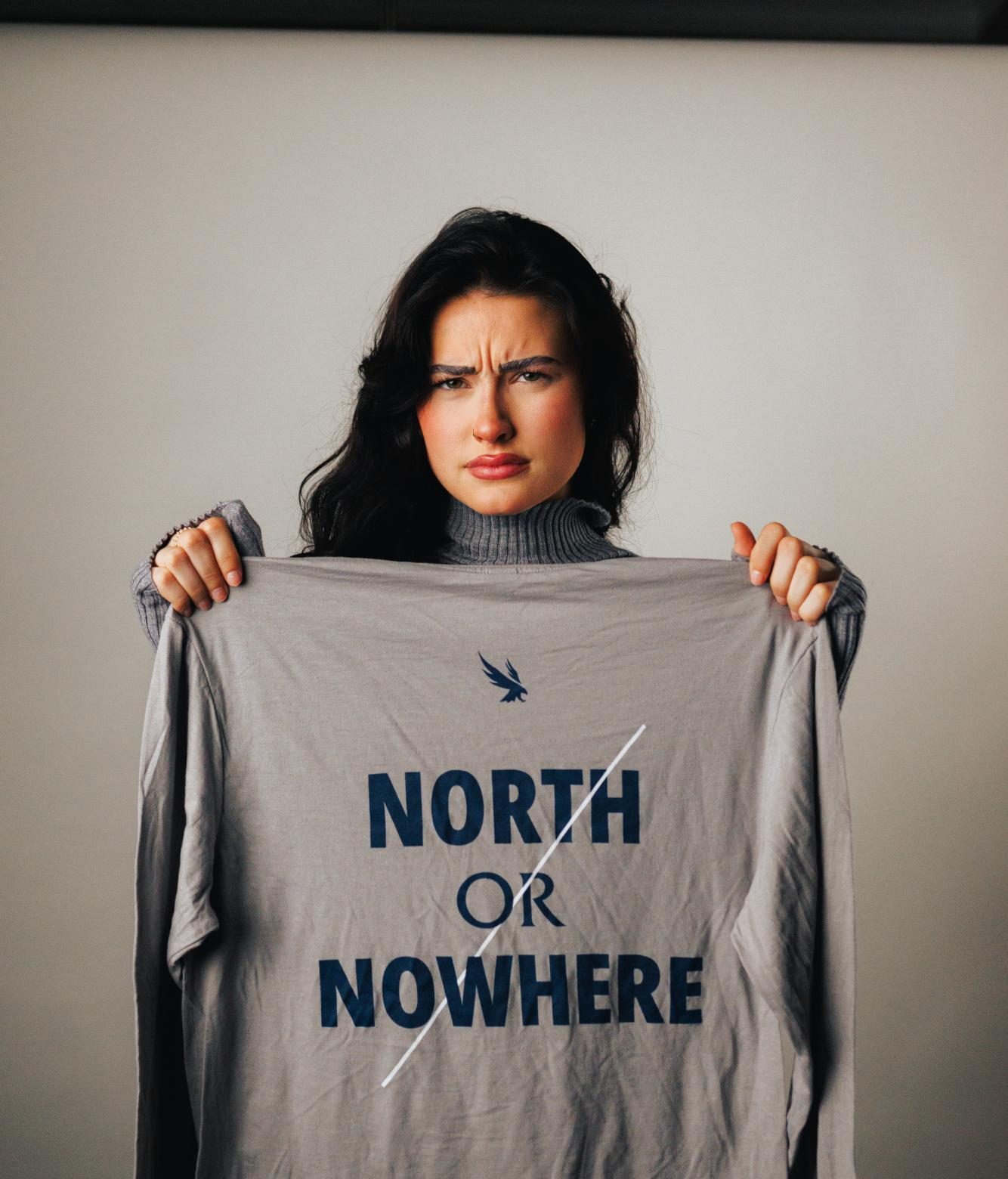

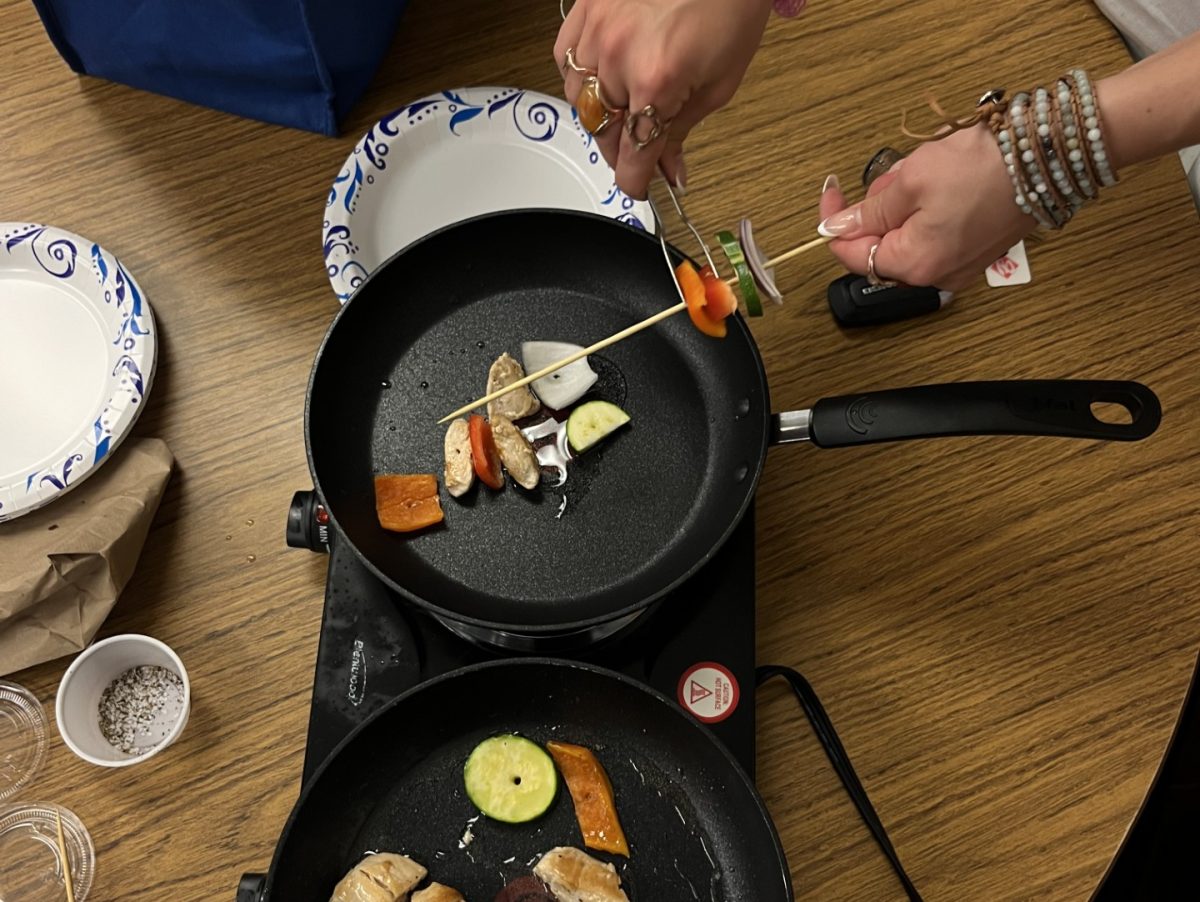
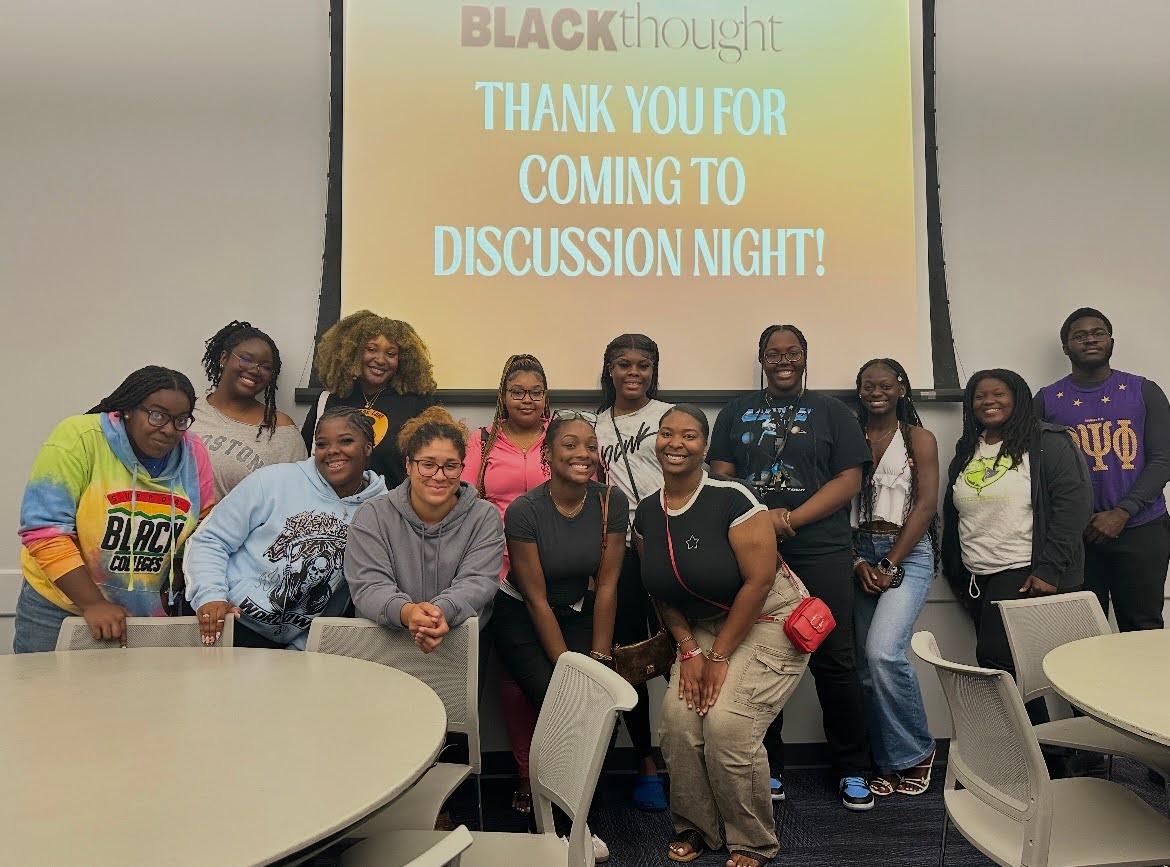
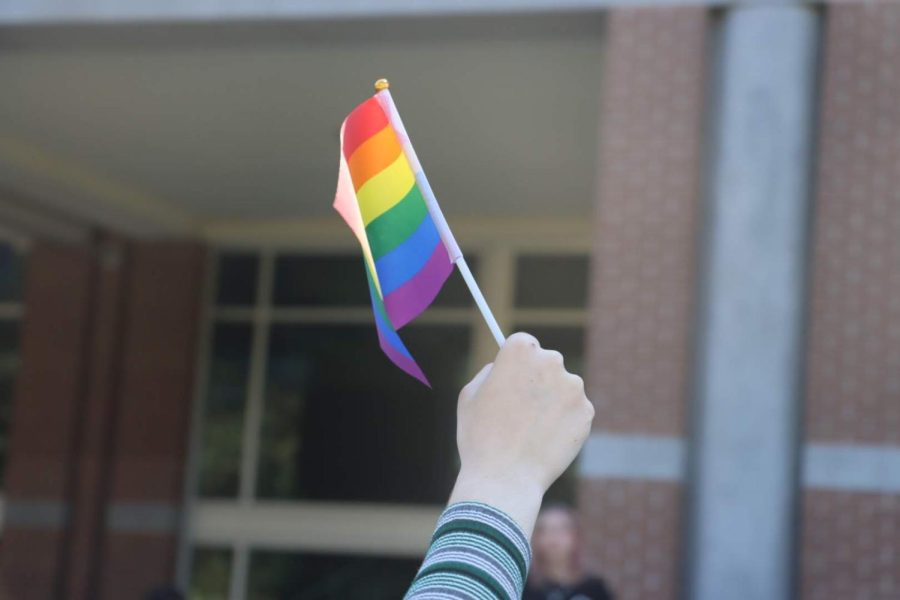
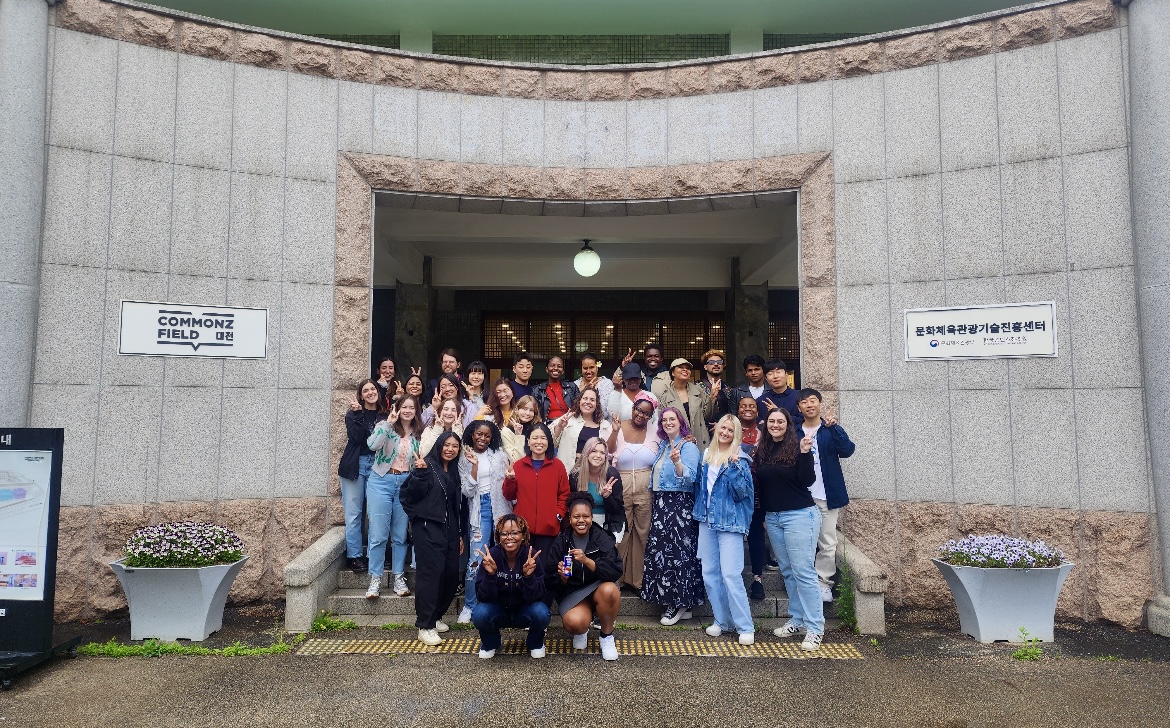
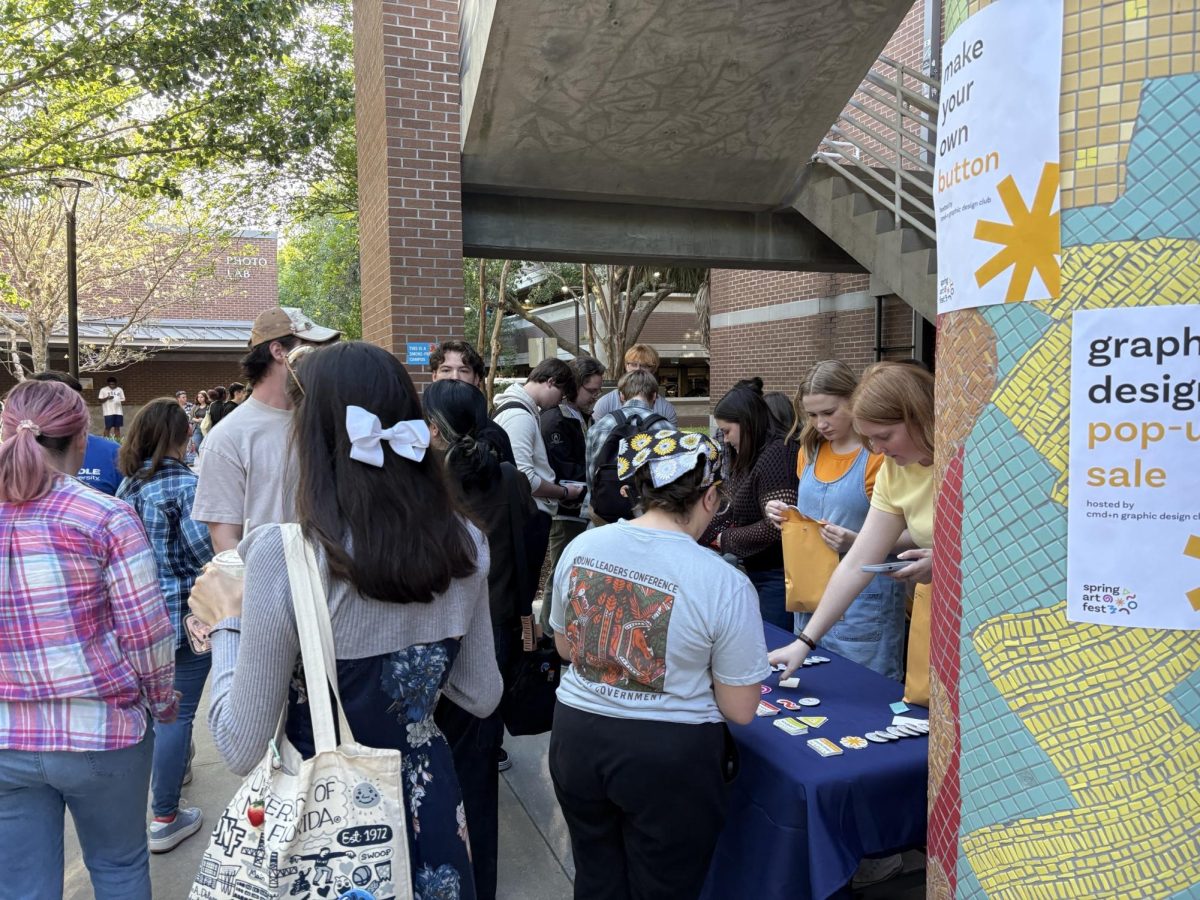

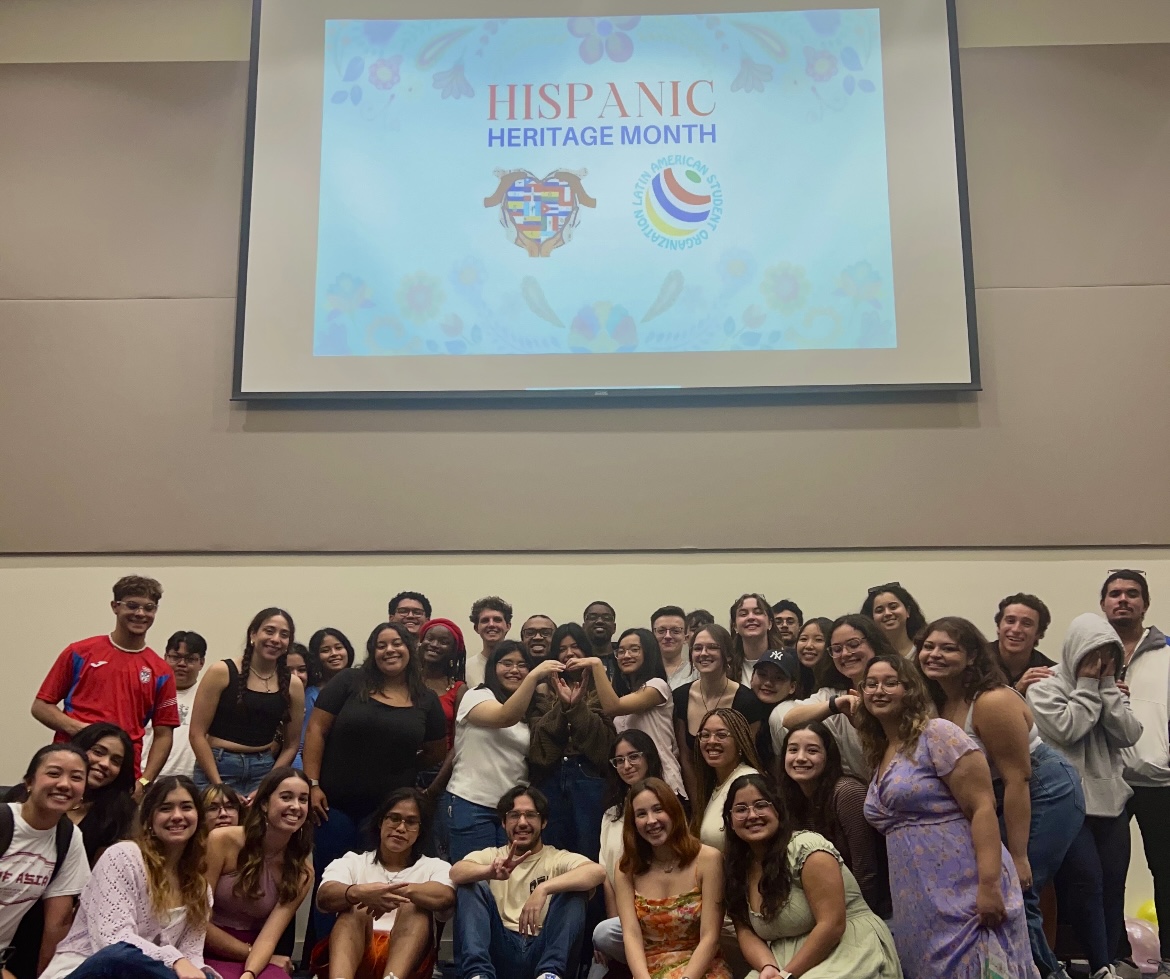



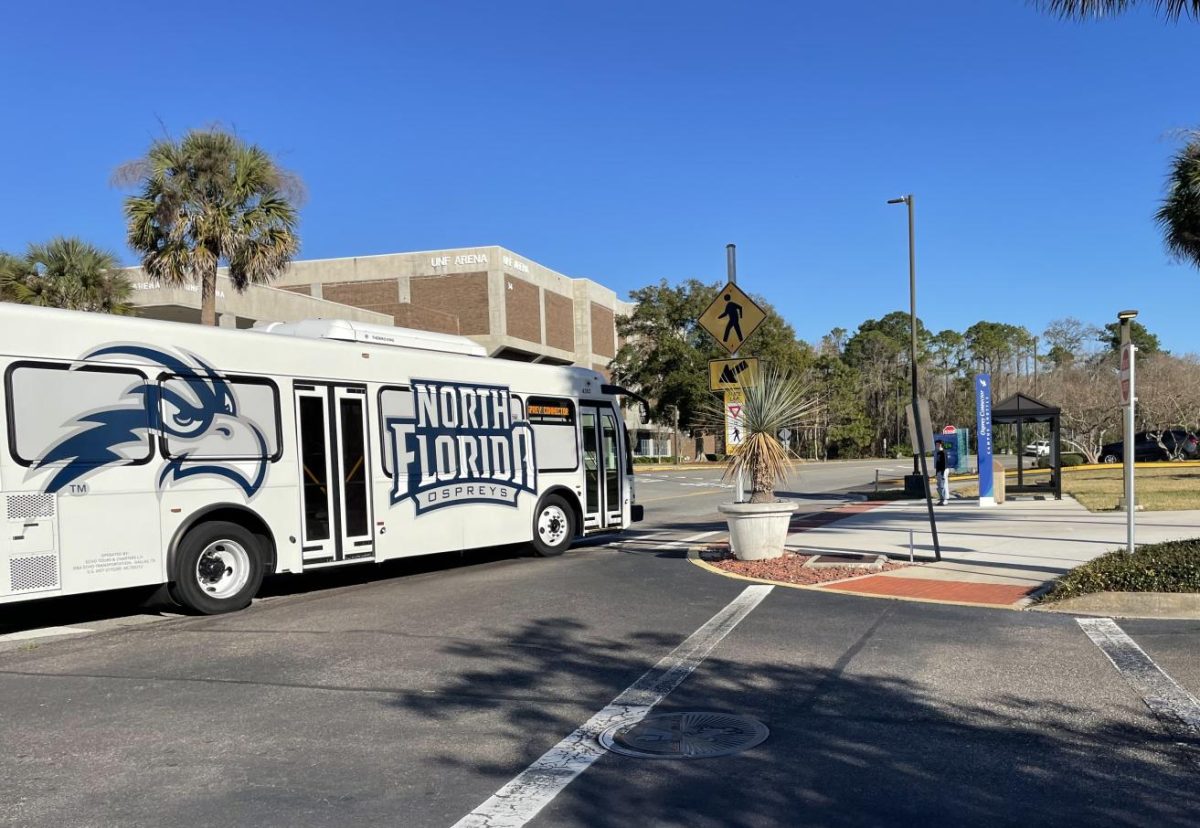




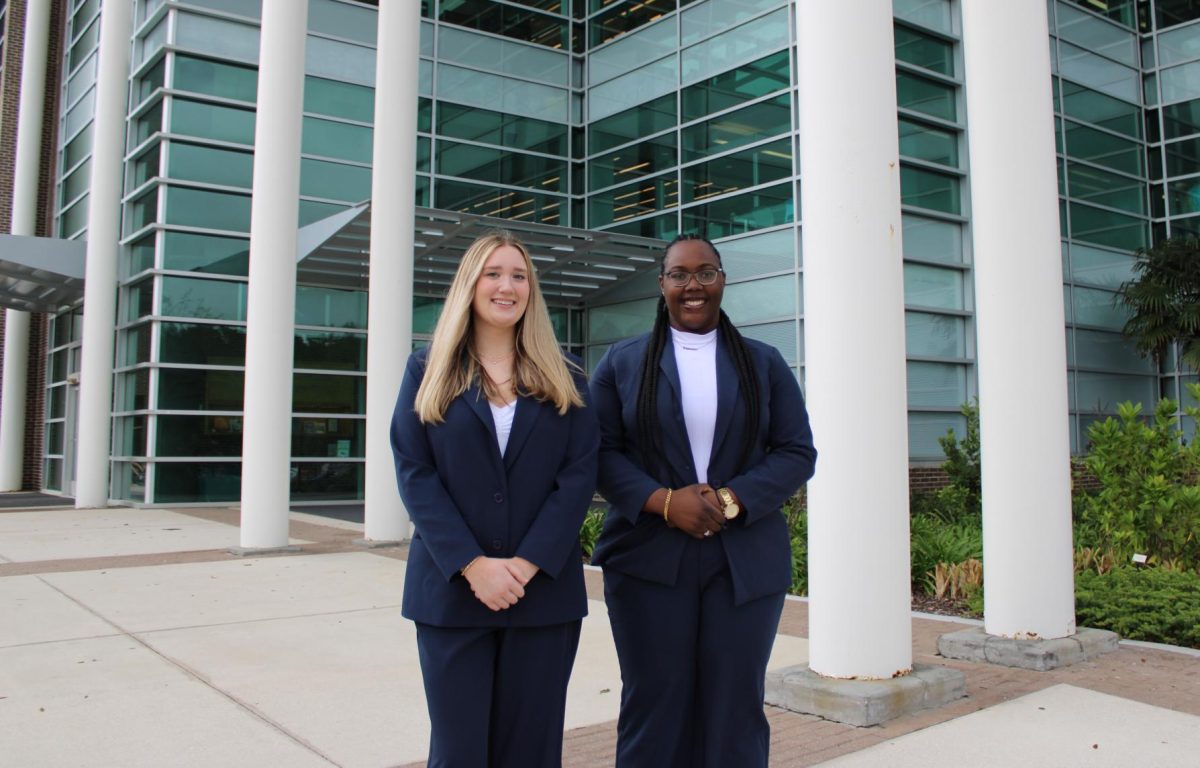
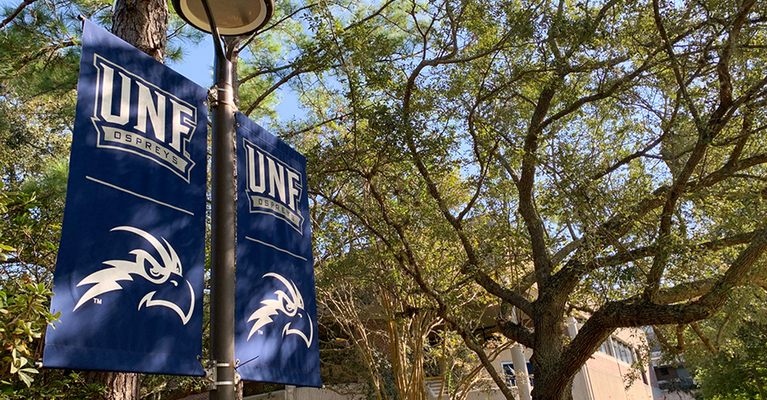
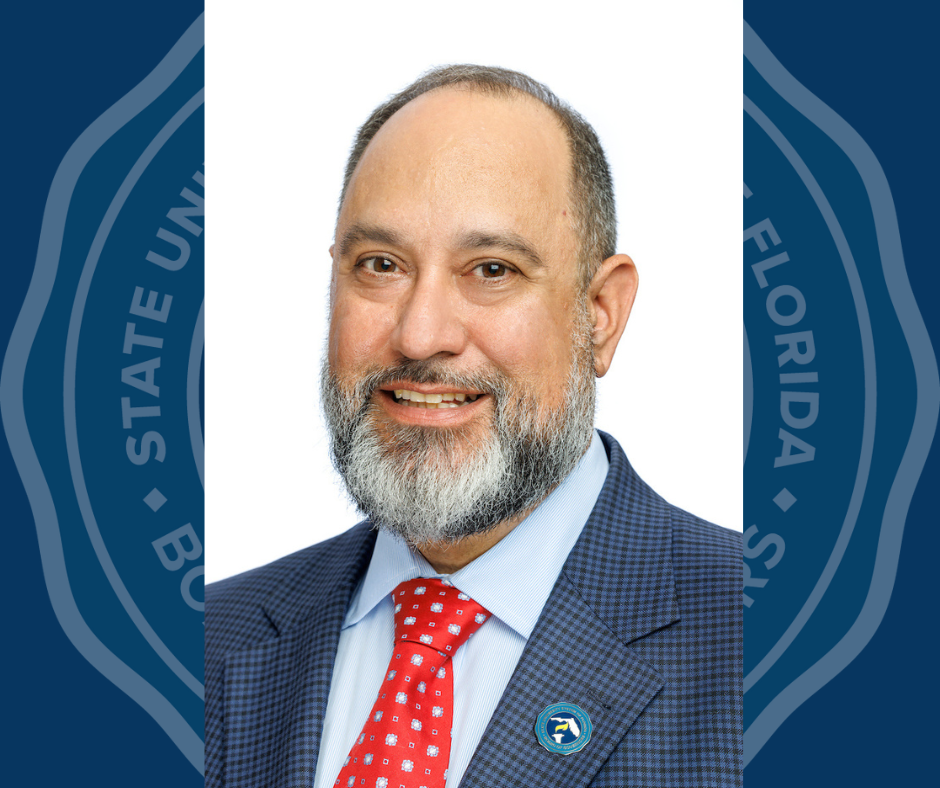
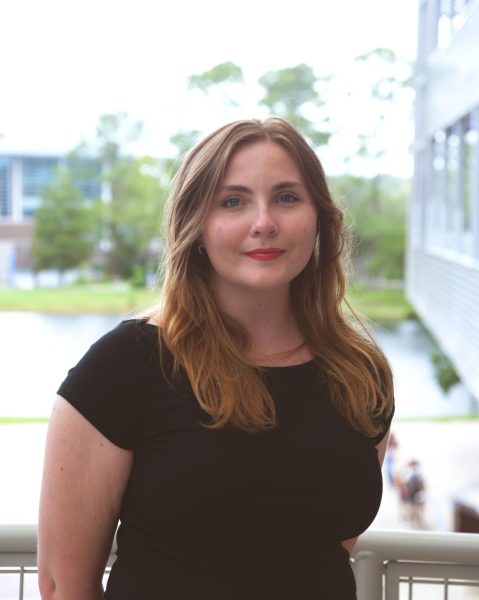
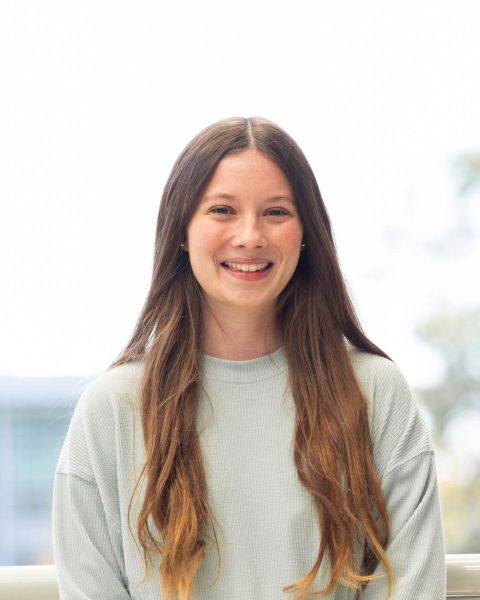
UNF Musk | Mar 16, 2025 at 8:24 pm
UNF Alum & parent – the new slogan is confusing and seems to be an attempt at the old Game Of Thrones (GOT) “North” usage. Which was used for a 10 year span nationally during and after the show.
Previous slogans were uniquely descriptive of UNF and meant something even if u weren’t familiar with UNF. This new slogan is “just an ads” which is very different from the branding identity “No one like you, No Place like this” which spoke to UNFs uniqueness. Seeing and reading this new slogan it’s seems cheap & cheesy sounding.